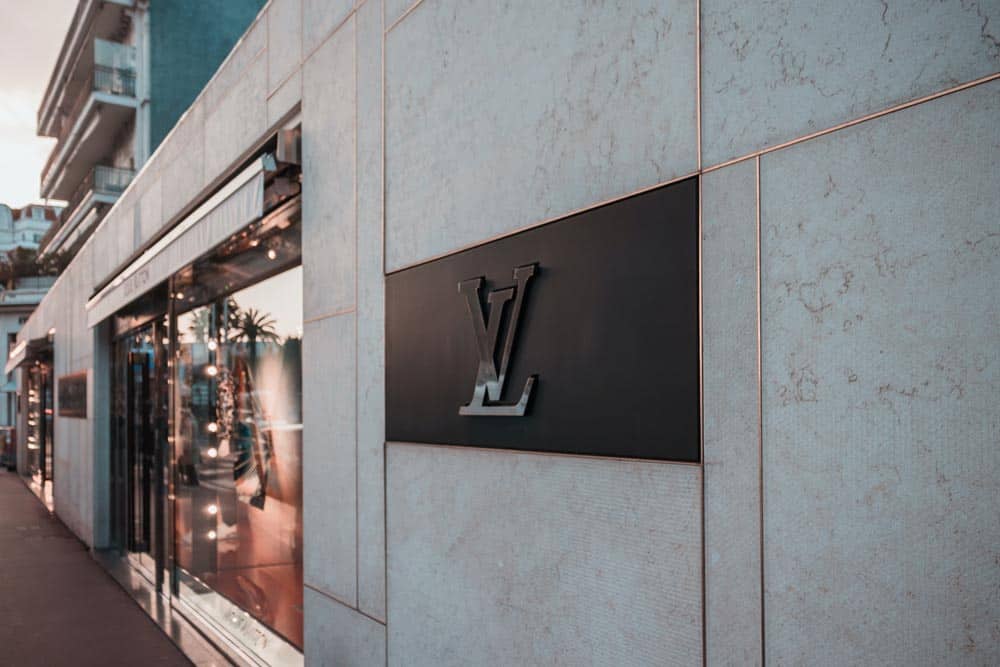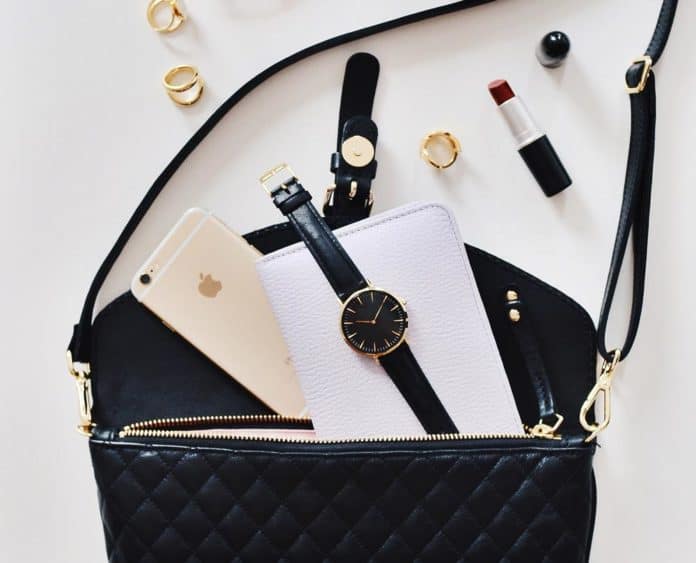Retail took a hit last year in many countries. While some regions such as Japan continued almost as normal, other areas such as the UK suffered devastating job losses. Out of all the industries in the United Kingdom, retail was hit hardest with nearly 50,000 job losses as consumer spending dropped.
This wasn’t quite the whole story though as online retail increased at the same time. Because of lockdowns, unemployment, and less disposable income the traditional land-based stores suffered while other areas of ecommerce grew. Home delivery for groceries, online entertainment, and takeout services such as Deliveroo, or One Delivery grew.
One other retail sector that had a knock last year, and going into 2021, was the luxury goods market. This area was hit for several reasons but there are ways for the market to bounce back. Here are some ways they can do this.
How big is the luxury goods market?
The luxury goods market is not quite as simple to break down as standard retail revenue. Luxury goods are normally defined by being at the higher end when you are considering the price or value, and the quality involved. Although quality isn’t always guaranteed, the price will definitely be higher.
The market has been growing every year and there is a clear demand for goods with a certain level of prestige and perceived quality. The luxury car market is worth over 500 billion Euros a year. The personal luxury goods market is worth over 280 billion Euros a year. However, the global retail market is worth more than 25 trillion dollars.
As you can see while the luxury goods market is nothing to be sneezed at, it pales in comparison to general retail revenue. And, in 2020 it fared worse than normal.
Why has the luxury goods market dropped?
The main and most obvious reason for a drop in sales of luxury goods is the pandemic. Covid has hit numerous businesses and industries across the planet, and retail is no different.
While there are certain areas such as food retail that will always be necessary, consumers will cut back on luxury or non-essential items during a financial crisis. However, there is still a huge market for personal luxury goods so the cause of reduced sales may not be purely financial.
Has travel affected the luxury goods market?
The USA has the largest personal luxury goods market in the world but it isn’t only Americans making purchases. Residents of China took over 150 million trips outside their country back in 2018. It is estimated that over half of all luxury goods purchases made were outside of China.
With the pandemic restricting movement, this means wealthy Asian consumers had less opportunity to make purchases overseas. This has led to some US luxury goods retailers facing a hard time and possible closure.
When you consider the future of retail technology it is easy to imagine everyone buying goods through virtual shops. With ecommerce increasing in popularity you might think the luxury goods market would benefit from this. However, luxury goods are not purchased in the same way.
Luxury goods and ecommerce
One of the few growth areas of 2020 was ecommerce. Subscriptions to online gaming sites, streaming services, and food delivery companies, soared. As people spent more time indoors, working from home, looking for home entertainment, they used the internet more than before. This led to an increase in retail purchases too.
The online retail sector grew by 44% in one year due to the pandemic. While ecommerce was expected to grow regardless of Covid, this was a dramatic leap for what was only a 12 month period.
In 2020, the ecommerce sector accounted for 18% of all retail sales and this number is expected to grow in 2021. Compare this to luxury goods sold online and you will see that ecommerce only accounts for 12%.
What reasons are there for this and can traditional luxury goods retailers help bring the shoppers back?
Why do consumers prefer land-based luxury goods retailers?
Of course, not everyone prefers to visit a retailer and many people are now enjoying the convenience of ecommerce. A few clicks, a credit card in one hand and a smartphone in another, and a purchase is made. Now you just sit back and wait for it to be delivered. However, not everyone enjoys shopping this way, and luxury goods aren’t always suited to ecommerce.
When you consider that luxury goods take into account jet planes and cars it would be fair to assume a buyer might like to inspect the product before buying.
If you wanted to buy some new bedding from Frette or Lili Allesandra you could of course buy it online, but many people would like to see and feel what they are buying first. Entering a retail establishment and checking the quilt label to see what materials are used and other details are necessary for many consumers.

By visiting a store you can feel the silk, linen, and other materials used for your new bedding. You can see all your options in one place and get a far better idea of what you want to purchase.
Plus, when you are in a store you can read up on other information about your potential purchase. Belle Notte is committed to being eco-friendly but you may not know this unless you actually look at their bedding close up.
Belle Notte is a luxury bedding company that uses organic materials and non-toxic dyes and companies such as these often display these details on hang tags. These tags cannot be seen on the internet so this is another reason why traditional retail can survive 2020 and pull the consumers back in.
Visual and tactile engagement with luxury goods is a far better retail experience than ecommerce.
Why might traditional luxury goods retailers fail?
Nothing is set in stone, however, and while the pandemic continues it will keep consumers from returning in numbers, especially overseas visitors.
There are many influential marketing trends to follow and one of these is vertically integrated distribution. This is where a company takes over responsibilities that it would normally leave to others such as distribution, supply, or owning its retail locations instead of renting them.
Using this business model is one way that a retail organization can increase profits, reduce costs, control quality and processes better. Companies in the luxury goods market who have not followed this approach may find that after 2020 life will become more difficult.
Advertising in the luxury goods market

Luxury goods brands still have many tricks up their sleeves and advertising is key to keep themselves visible and retaining consumers, and gaining new ones.
In retail locations, posters and point-of-sales are used along with hang tags. Where hang tags are used in many retail operations they take on a different level when it comes to luxury goods. Hang tags can explain what materials were used, such as a knit fabric, and they can help explain a company’s motto, but when combined with luxury goods they can be more.
Gold or platinum print, embossed letters, with luxury brand name logos can raise a hang tag from a normal label to something that appears to have value of its own. They are a crucial part of marketing and can help increase sales in a physical store.
Summary
As the pandemic continues to damage retail and other businesses it remains to be seen who weathers the storm the best. The luxury goods market may have had a blip and there may also be some stores and chains that don’t survive but if consumers embrace ecommerce and brave the land-based stores then the market should bounce back in 2021.
Carol
Information sourced by the author for luxuryactivist.com. All content is copyrighted with no reproduction rights available. Images are for illustration purposes only. Featured photo by STIL on Unsplash.
